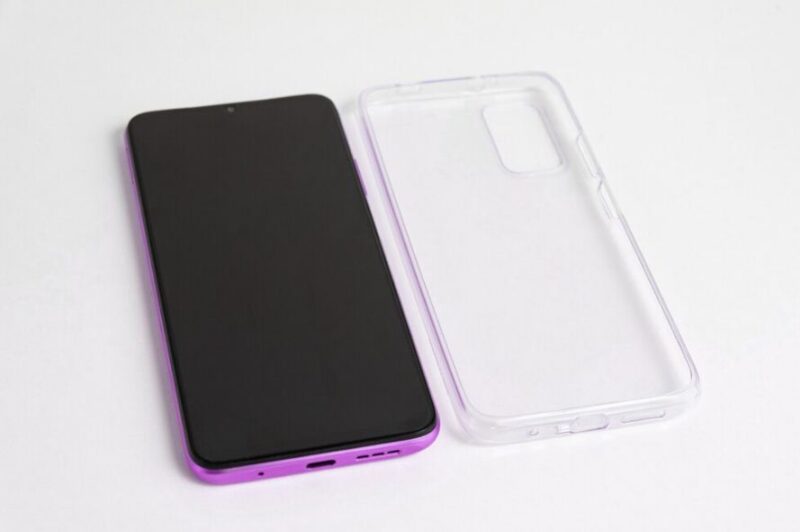Phones have become a necessity, more than 80% of people in the US claim they can’t go a day without their devices.
Not only are devices used for social media and phone calls, but they also keep people working and educated. Unfortunately, a small drop can crack your phone and leave you helpless.
If you want to protect your device, a plastic or silicone phone case can help. Keep reading below to discover more about each option!
Shock-Absorption
One of the largest differences between plastic and silicone phone cases is their shock absorption.
Silicone is a natural element, combined with a few others to create cases. This material has a rubber-like texture and is soft. The silicone can absorb the shock from falls and drops so that your screen doesn’t take the brunt of the impact.
Plastic phone cases are durable, but they don’t offer as much shock absorption. In some cases, hard plastic can cause more damage to the phone. It’s best to invest in a hybrid phone case that has a silicone interior and hard exterior.
Sustainability
If you want a phone case for protection, but don’t want to increase your carbon footprint, silicone is the best option.
Silicone phone cases are a great choice since they don’t release bi-products in the atmosphere. Plastic phone cases are harmful to the environment since they don’t break down and release chemicals when they get burnt.
Another reason silicone wins the sustainability battle is that it’s a common element. You don’t have to feel guilty using a silicone case. The flexible material will prevent you from having to buy so many replacements since plastic can crack more easily.
Cost
Both options are affordable and cheap, but plastic cases tend to cost less than silicone ones.
Plastic may not be a natural material, but there’s an abundance of cases on the market. The wide selection creates a competitive market and business owners are forced to lower their prices. If you find a case you like but it’s expensive, wait for a sale or promotion to save some money.
Silicone cases cost more than plastic cases since they hold a better value and are eco-friendly. Stay away from silicone cases advertising their pledge to the environment since it’s all sustainable. Some businesses use this detail as a marketing strategy and raise prices.
With plastic and silicone costing around the same price, you should base your decision on other factors.
Patterns & Colors
With plastic phone cases being so abundant, there is no shortage of colors and patterns.
Plastic is the phone case winner when it comes to finding the best designs. Hard plastics are easy to print images onto and they come in any color you want. Silicone phone cases also have a large variety of styles, but the colors aren’t always as bold.
Protection should rank above style but you don’t have to worry about your phone clashing with your look. Take time to find a case that matches your style and is meaningful. If you invest in a hybrid case, you can mix the colors and patterns for the plastic and silicone.
Many people avoid silicone if they want a stylish case, however, since they can change colors. Light colors often turn yellow or blue, depending on where they are normally placed.
Durability
If you want the best phone case for protection, you need to consider the durability of your options.
Plastic often takes the trophy for durability since it’s thicker and stronger. Although silicone cases are great for absorbing shocks, they won’t protect your phone from dents and cracks. Avoid hard plastic cases, however, since they can crack.
For the most protection, you can combine the materials and get the best of both worlds. The most important factor that will determine the durability of your case is how you treat it. If you continuously drop your phone, leave it in the cold, or bend it, it will become vulnerable.
Whether you drop your phone on its corner, front, or back, plastic and silicone can protect the edges and screen.
Material Feeling
Many people think silicone feels best in your hands but if you don’t want a soft case, plastic is recommended.
Silicone’s soft exterior is pleasant to hold and won’t scratch your hands. It’s a great option for gripping since it has a stickier feel. Unfortunately, silicone is so soft that it can absorb the blue dye from jeans and become imprinted from objects.
Plastic cases have more edges and a slick surface. When plastic cases are heavy, they may be difficult to grasp and become slippery.
Flip-Phone Cases
The Galaxy Z and other brands have brought back flip phones, but they are still at risk of getting damaged.
You can check out this article to learn more about the benefits of plastic cases for flip phones. Although the phones are compact, they can still drop and crack at the corners. Silicone also works for flip phones since it’s flexible.
Your screen might be tucked away, but if it slips out of your pocket, you could be out of service.
Can You Decide Between a Plastic or Silicone Phone Case?
When it comes to protecting your device, a plastic or silicone phone case can help save the day.
Depending on your style preferences and lifestyle, a durable plastic case may be suitable. Unfortunately, hard plastics can crack over time, unlike silicone. If you want a flexible and absorbent case, silicone will take the brunt of the falls.
Make sure you check out our page for more content about phone protection and the best accessories for your devices!










